SEVEN WONDERS OF THE TWIN CITIES
Find out what makes our sister cities unique with the Seven Wonders of the Twin Cities
by Kyle Smelter
They may not be the Great Wall of China, the Colosseum or Machu Picchu, but Minneapolis and St. Paul are great in their own right, so we came up with a list of the Seven Wonders of the Twin Cities. Out of all the exciting and inspiring attractions found throughout the metro, we have narrowed it down to these seven must- see and do’s that set the Twin Cities apart from other top towns across the nation.
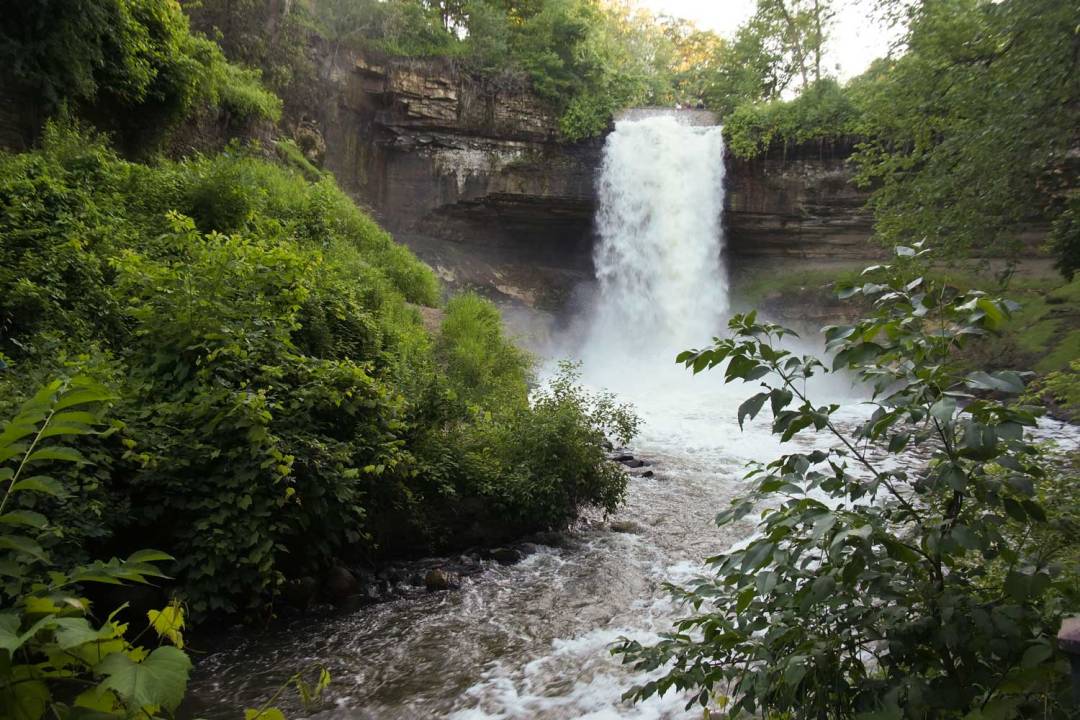
Image by Hafiz Issadeen/flickr
Minnehaha Falls
Located just minutes from downtown Minneapolis is one of the Twin Cities most beautiful green spaces—Minnehaha Regional Park. And the centerpiece of it all is the iconic 53-foot waterfall. Each year this majestic tower of water draws more than 850,000 visitors as they watch the water tumble over the limestone bluffs and crash into the stream below. Take in the views from above on the bridge over the falls, or below on walking paths that follow the stream as it twists and turns through a forested area for almost a half-mile before joining the mighty Mississippi River.
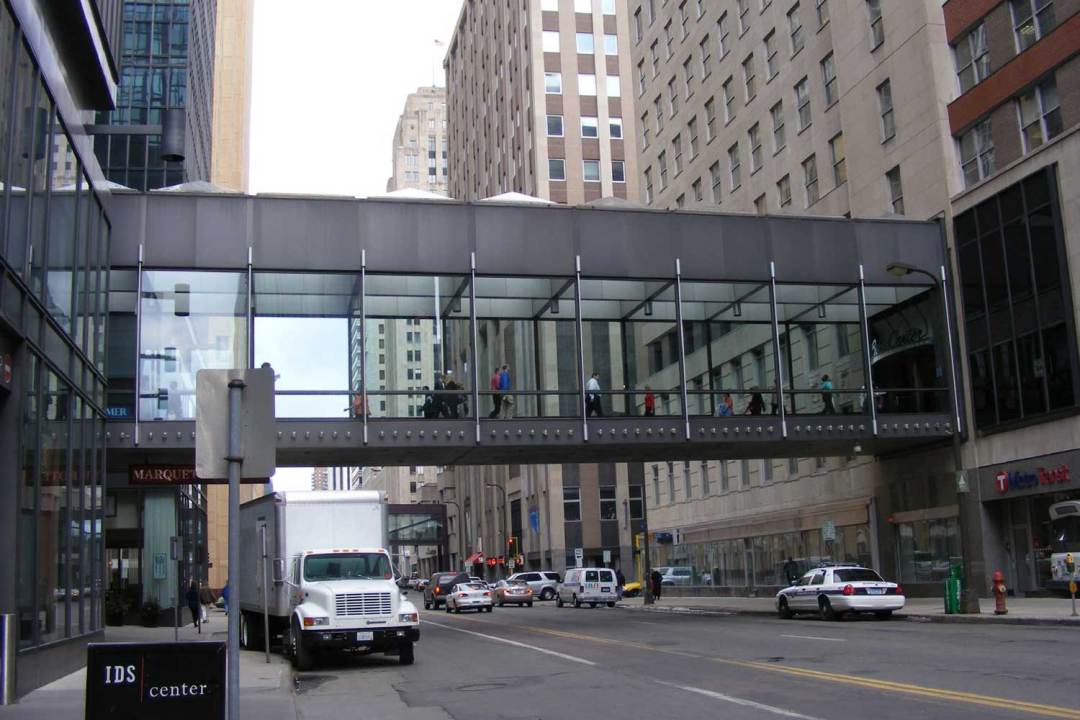
Image by Richard Roche/flickr
Skyway System
While a skyway on its own is not really a wonder—just a fancy way of connecting two buildings above street level—an entirely connected downtown with more than nine miles of skyways in Minneapolis is a true marvel to behold. Not to mention, this climate-controlled environment is the world’s largest continuous system of pedestrian bridges in the world, making it one of the more unique Seven Wonders of the Twin Cities. This comes in especially handy during the famous subzero Minnesota winters. Visitors can leave their hotel in the morning, shop and dine at hundreds of boutiques, stores and restaurants, all without ever setting a foot outside.

Image by Jerry Huddleston/flickr
Minnesota State Fair
Although the Minnesota State Fair is not technically a state holiday, it should be. This week-and-a-half long event covers 320 acres and attracts more than 1.8 million people annually (the largest state fair in the U.S. by average daily attendance) during the waning weeks of summer. “The Great Minnesota Get-Together” features nearly 500 foods, including deep-fried candy bars, hot dish and more than 80 foods on-a-stick. Over 900 performances from more than 100 acts can also seen and heard at the numerous venues found throughout the fairgrounds. And this is just scratching the surface. We have not even mentioned the livestock barns, rodeo shows, carnival games and rides, shopping options and contests. It is not surprising that when you type the word “Minnesota” into Google’s search bar, the State Fair is the first recommended option, further cementing it as one of the Seven Wonders of the Twin Cities.
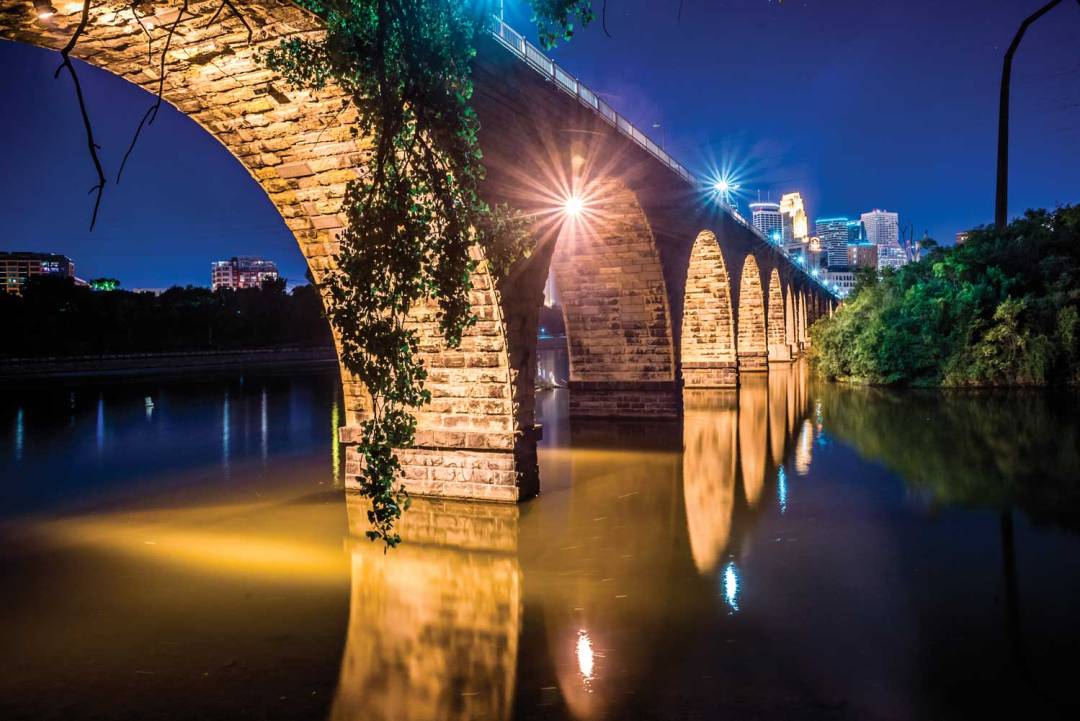
Stone Arch Bridge
Consisting of 23 arches and measuring 2,100 feet long, the granite and limestone Stone Arch Bridge is the only bridge of its kind that stretches over the Mississippi River. What was once a railroad bridge in Minneapolis’ milling heyday has transformed into a hotspot for walking, running and spending time with friends and family during the summer. Every June it plays host to the Stone Arch Bridge Festival, a weekend of art and music featuring more than 250 musicians and artists, and it serves as an extremely popular front row seat for a fireworks spectacular during our nation’s birthday.
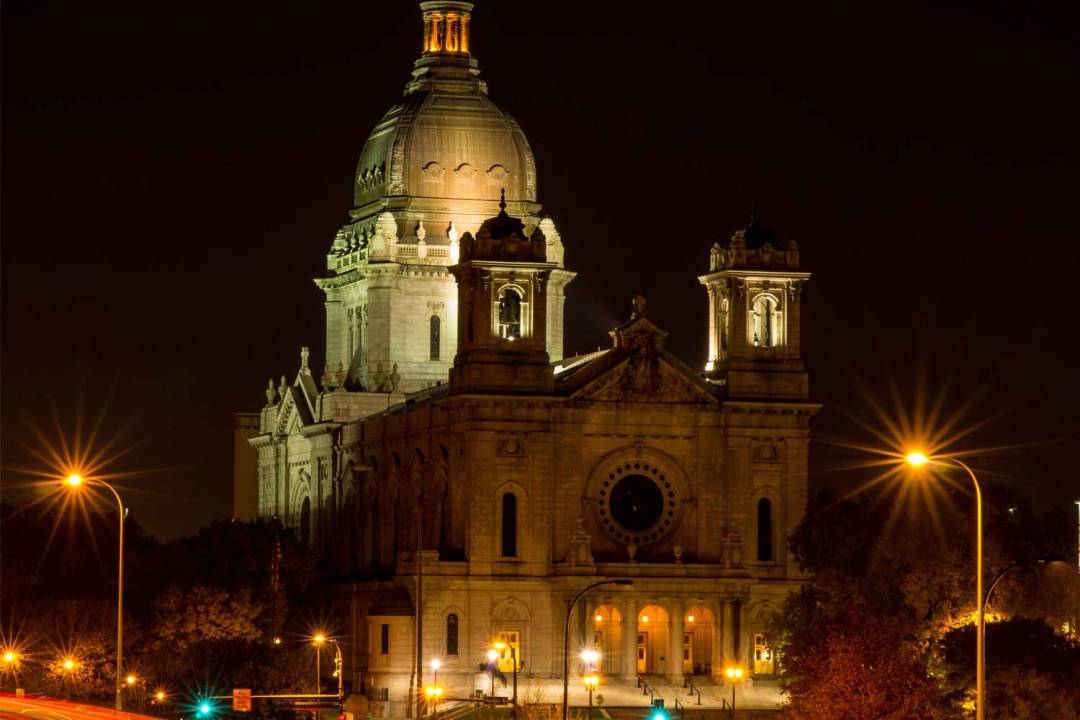
Basilica of Saint Mary
You would be hard pressed to find a more beautiful architectural marvel than the Basilica of Saint Mary in Minneapolis. The beaux arts-styled wonder began construction in 1907, but did not finish until 1926, the same year Pope Pius Xl named the church the first Basilica in the U.S.—one of only 69 in the country today. An Italian-crafted marble altar and carved shrines of Saint Anne, Saint Joseph, the Apostles are just a few of the iconic features that can be found on the Basilica’s grounds. Every summer hordes of music fans line its steps and rock out to some of the hottest bands at the Basilica Block Party.
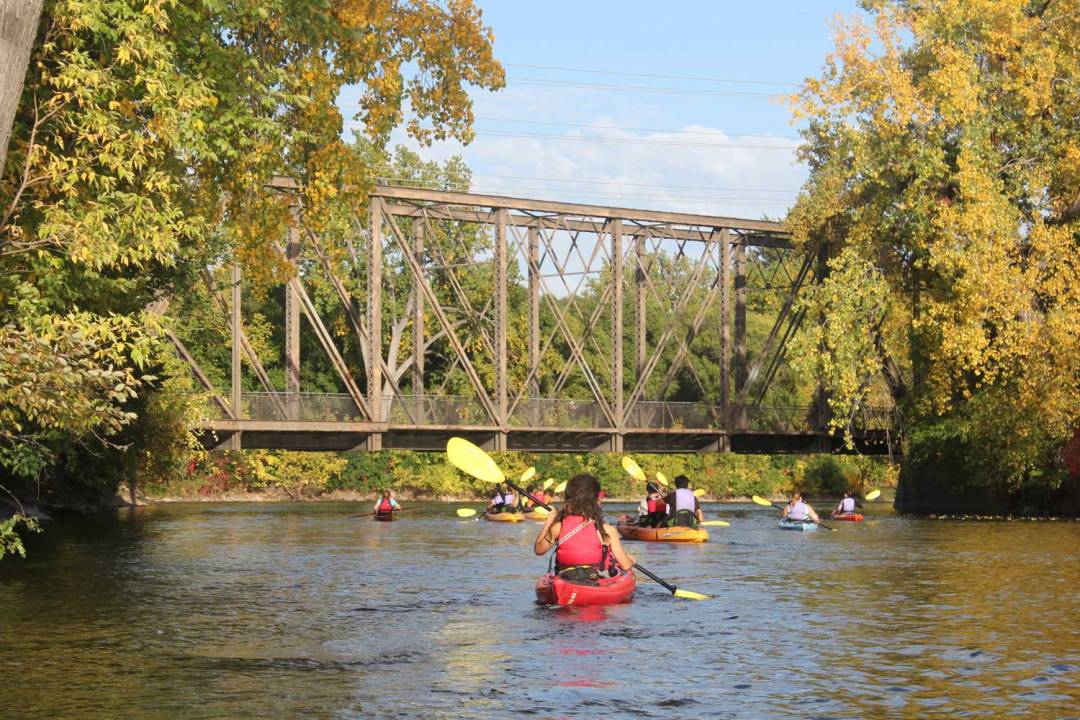
Image by Above the Falls Sports
Mississippi River
The longest river in the country begins as a tiny stream small enough to walk across at Itasca State Park in northern Minnesota before carving its way through the heart of the United States and ending at the Gulf of Mexico. Even though it does not play as big of a role as it once did during the Twin Cities’ milling empire, the river that separates the two cities continues to be an important lifeline of the metro for business and recreation alike. Paddle junkie’s can get their fix traversing the steady current either alone or during a guided tour, cruises are offered to those who want to relax and take in the breathtaking panoramic views, and commercial boats continue to make deliveries using the river’s system of locks and dams.
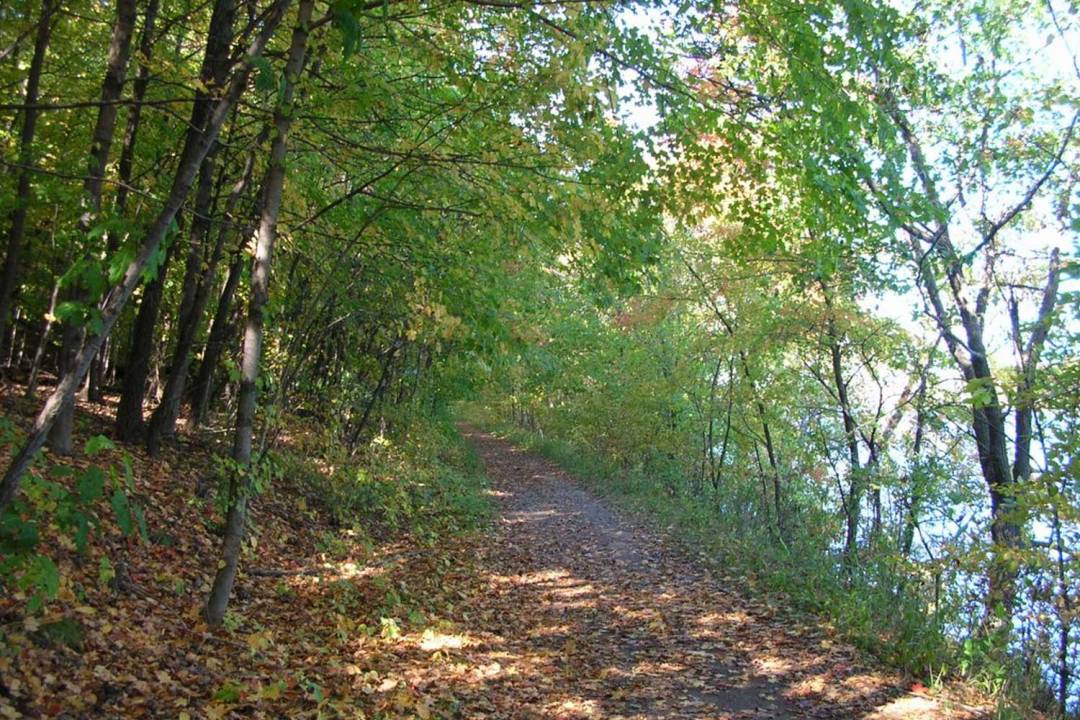
Chain of Lakes/Trail System
It would not be right to talk about the Seven Wonders of the Twin Cities without mentioning their award-winning parks and trails. Ranked No. 1 for city parks in the country by Trust for Land’s annual Parkscore index, the Twin Cities’ sprawling metropolis is covered with 50-plus parks and reserves and 340 miles of trails like a giant green blanket. The proverbial cherry on top is the chain of lakes: Brownie, Cedar, Lake of the Isles, Calhoun and Harriet. Combined, these five lakes and parks give residents and visitors of the metro the up-north-at-the-cabin feel without leaving the city limits.
Honorable Mentions
Mall of America
First Ave
Spoonbridge and Cherry
Minnesota Landscape Arboretum
